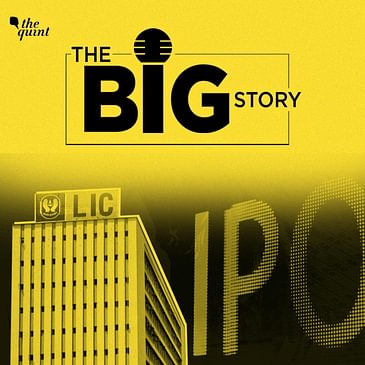Since it's completely an offer for sale, all the proceedings will directly go to the government which is expecting to raise Rs 21,000 crores by selling a 3.5% stake of LIC, in a bid to replenish the public coffers that have been drained out by the pandemic.
But moving on to the pricing details, the price band for this IPO has been set at Rs 902-949 per share for sale of 22.13 crores equity shares. There is also a discount offer of Rs 60 per share for its policyholders and Rs 45 apiece for retail investors and LIC employees. The LIC IPO will close on 9 May and the company will be listed on the stock exchange on 17 May.
And the first two hours of the first day of bidding itself saw a pretty decent response with a subscription of around 28 percent by 12 noon. By the time of the recording of this podcast, it was at 58 percent.
Expectedly, in the months leading up to this massive IPO listing, there's been a lot of buzz around this listing, partly because LIC which is a state-run insurance company, has been a household name in the country for several decades given that it's the biggest and the oldest insurance company in India.
But after some newly listed stocks of companies Zomato, Nykaa and Paytm hit record lows after many weeks of record highs...there's also been a big question among policyholders and investors, and it is: to invest or not to invest?
While that is a tricky question to answer, what are the pros and cons of investing? We'll take that question to our guest Prosenjit Datta, former editor of Businessworld and Business Today in the podcast today. We'll also hear from senior journalist Madhavan Narayanan on his take on why the government is going ahead with this IPO listing under volatile market conditions.
Tune in!
Host and Producer: Shorbori Purkayastha Editor: Shelly Walia
Music: Big Bang Fuzz
Listen to The Big Story podcast on:
Apple: https://apple.co/2AYdLIl Saavn: http://bit.ly/2oix78C Google Podcasts: http://bit.ly/2ntMV7S Spotify: https://spoti.fi/2IyLAUQ Deezer: http://bit.ly/2Vrf5Ng Castbox: http://bit.ly/2VqZ9ur


